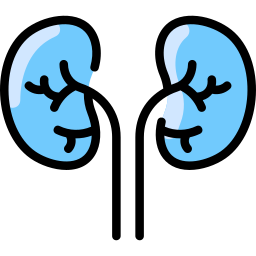Cocaine, a powerful stimulant derived from the coca plant, is notorious for its short-lived but intense euphoric effects. Because of this, it can also cast a long shadow on the lives of those who abuse it.
According to the 2021 National Survey on Drug Use and Health (NSDUH), about 1.4 million people aged 12 or older are affected by cocaine addiction. Substance use disorders stemming from cocaine addiction pose serious challenges, affecting individuals physically, mentally, and emotionally.






